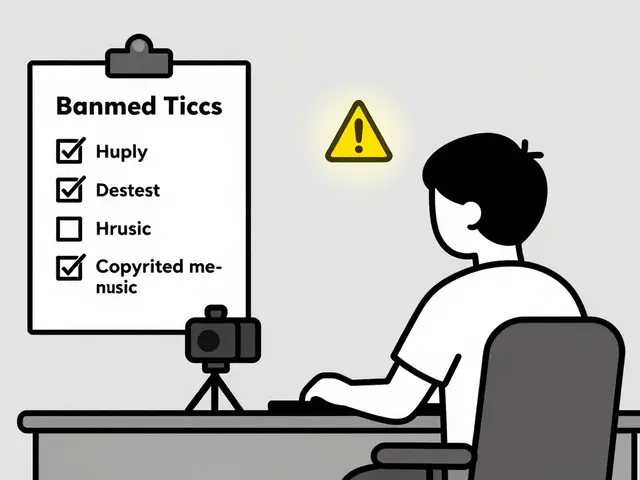Popular Meds – What You Really Need to Know
When you hear “popular meds,” you probably think of the pills you see advertised or hear about at the doctor’s office. But popularity doesn’t always equal safety or effectiveness. In this guide we’ll break down the most common questions: How to use a drug interaction chart, when to pick a brand‑name versus a generic, why antibiotic resistance matters, and what your DNA might say about the drugs you take.
Reading a Drug Interaction Chart Made Simple
A drug interaction chart is just a table that shows which medicines can clash. First, find the column with the drug you’re taking and scan the row for any other meds you use. If the box is red, avoid that combo; yellow means watch for side effects, and green is usually safe. Keep the chart handy on your phone or print it out. When you start a new prescription, double‑check the chart before you fill it – it can prevent costly hospital visits.
Brand‑Name vs. Generic: Which Saves Money and Works Better?
Both brand‑name and generic drugs contain the same active ingredient. The difference is the price and sometimes the inactive fillers. If you’re on a tight budget, ask your pharmacist for the generic version – it’s approved by the same regulators and works just as well. However, a few people notice side effects from the different fillers, so if you feel something’s off, talk to your doctor about switching back to the brand.
Antibiotic resistance is another hot topic. Overusing antibiotics lets bacteria learn how to survive, turning simple infections into tough battles. To protect yourself, only take antibiotics when your doctor prescribes them for a bacterial infection, finish the whole course, and never use leftover pills for a new illness.
Ever wonder why the same drug works differently for you and your friend? That’s where pharmacogenetics steps in. Your DNA can influence how you metabolize a medication, making it more effective or causing unwanted side effects. A simple cheek swab test can reveal if a drug will work well for you. If you have chronic conditions or take many meds, ask your doctor if a pharmacogenetic test is right for you.
Putting all this together, the best way to stay on top of popular meds is to be proactive. Keep a list of everything you take, check interaction charts whenever you add a new drug, ask about generic options, finish antibiotics as directed, and consider DNA testing if you have unusual reactions. Small steps now can save a lot of trouble later.
6
Pharmaceutical Breakdown of Popular Meds: Mechanisms, Risks, and Interactions (2025 Guide)
Clear, practical breakdown of common medicines: how they work, what they treat, risks, and key interactions-updated for 2025 with Australia-focused tips.
Latest Posts
Popular Posts
-
 Dolby Vision vs. HDR10+: Which Dynamic HDR Format Wins for Streaming?
Dolby Vision vs. HDR10+: Which Dynamic HDR Format Wins for Streaming?
-
 Live Stream Safety: How to Avoid Bans and Stay Within Platform Policies
Live Stream Safety: How to Avoid Bans and Stay Within Platform Policies
-
 Best Streaming Devices 2025: Complete Buyer's Guide
Best Streaming Devices 2025: Complete Buyer's Guide
-
 Best Educational TV Shows for Preschoolers, Elementary Kids, and Tweens
Best Educational TV Shows for Preschoolers, Elementary Kids, and Tweens
-
 Best Horror Movies on Streaming Services Right Now
Best Horror Movies on Streaming Services Right Now


